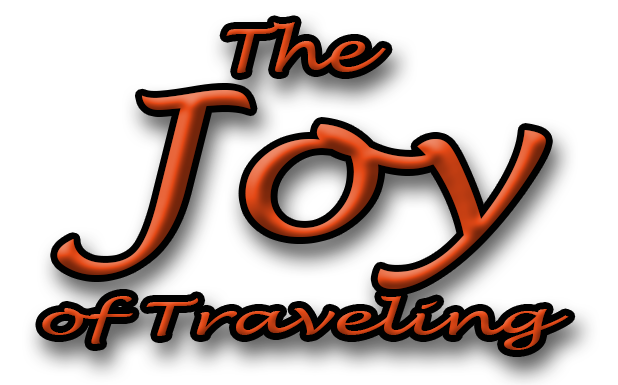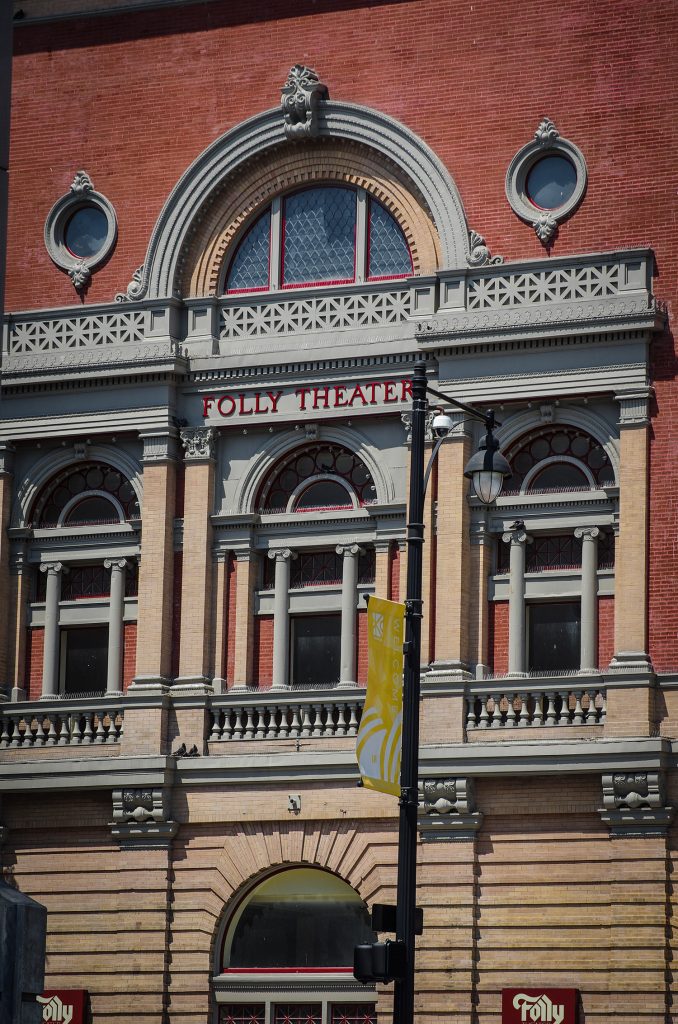When I was in college at Kansas State University, my fraternity subscribed to a half dozen daily newspapers. We would all sit around the breakfast tables and pass around the papers.
My favorite was the Kansas City Star. Naturally when it was time to find a job, I just looked in the Help Wanted section of the paper, set up three interviews and drove to Kansas City. I got three offers and chose the one that looked the most interesting. Two years later, I started my own business. This was in 1973 so I have been a business owner in Kansas City for over 50 years.
I love this town. It is just the right size with all of the amenities expected in a big city without being overwhelming. Top notch medical facilities, pro sports, and art and music venues are easily accessible within a few minutes’ drive.
I have concluded that we have the best weather in the US. We don’t have the extreme cold of the north or the extreme heat of the south. Hurricanes, earthquakes, and forest fires are non-existent, and tornadoes are extremely rare, especially since “Tornado Alley” has moved to the deep south.
I have been making photographs of the sights in and around Kansas City since I moved here all of those years ago. I hope you enjoy the pictures as much as I enjoy the city.
Jim Mathis
The Folly Theater
Designed by the famed Kansas City architect, Louis Curtiss, the theater opened in 1900. Through the next seventy years, through name and ownership changes, it hosted many types of entertainment from Vaudeville to concerts of all types.
It closed in 1973 and was destined to be torn down when a dedicated group of citizens saved it. It reopened in 1981 after a total renovation. It is now a premier music and arts venue in the heart of Kansas City.
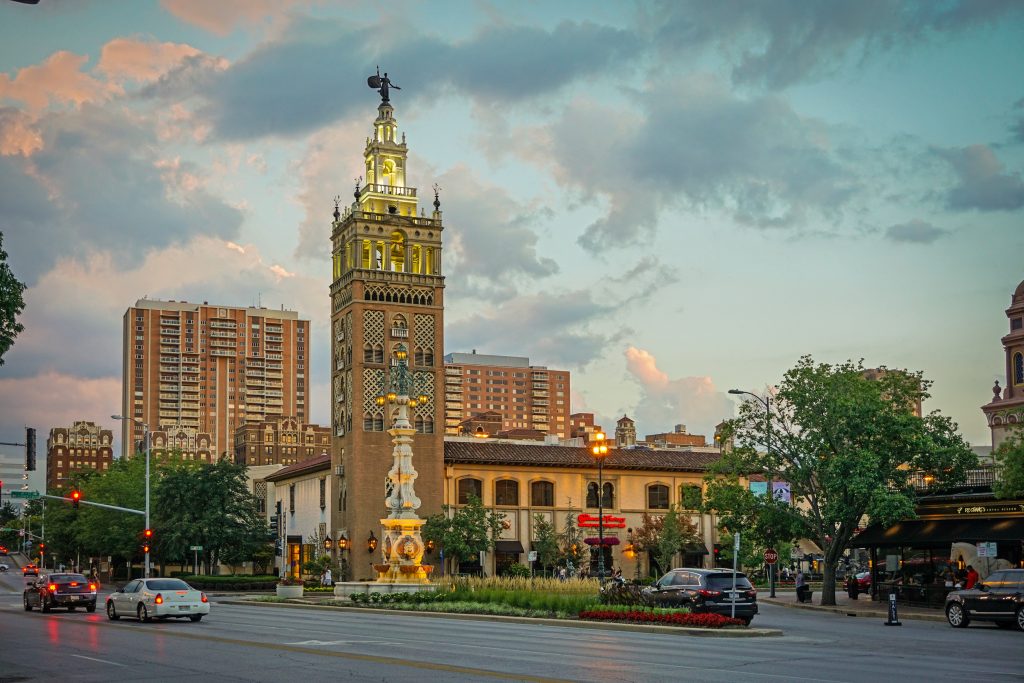
The Country Club Plaza
Built in 1923 by developer J.C. Nichols, the Country Plaza was the first suburban shopping center and the first shopping district designed to be accessed by car.
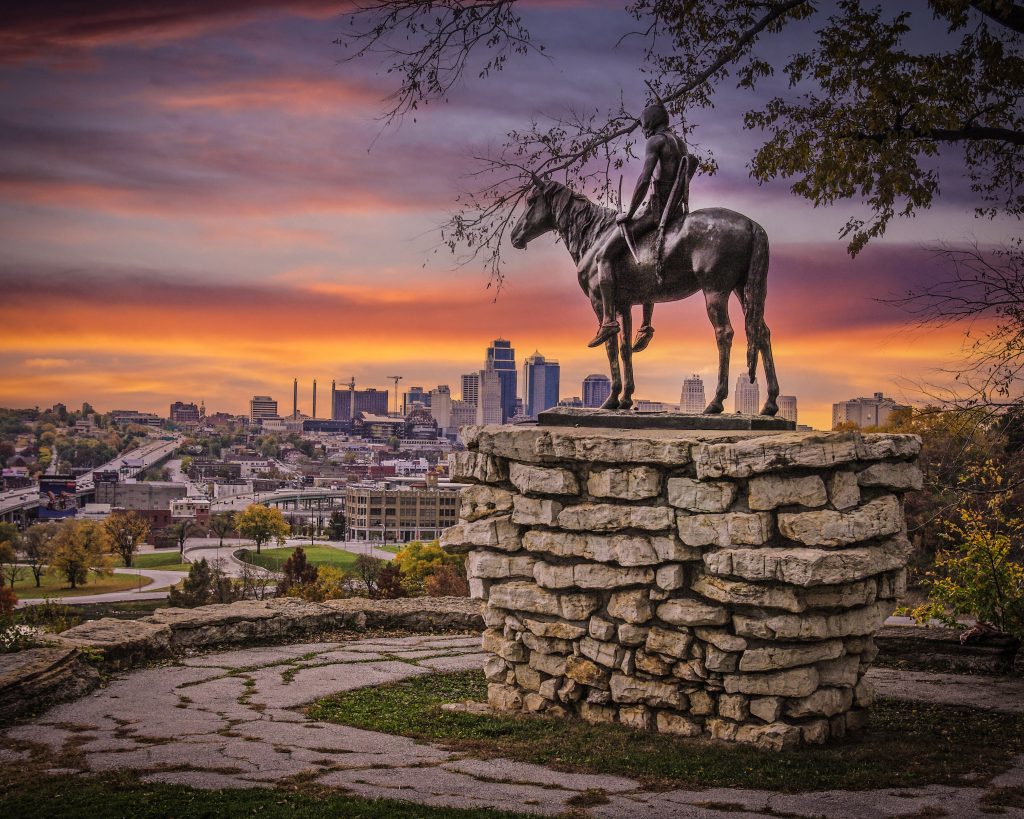
The Scout is a famous statue by Cyrus E. Dallin in Kansas City, Missouri. It is more than 10 feet (3.0 m) tall, and depicts a Sioux Indian on horseback surveying the landscape. The Scout was conceived by Dallin in 1910, and exhibited at the 1915 Panama–Pacific International Exposition in San Francisco, where it won a gold medal. On its way back east, the statue was installed on a temporary basis in Penn Valley Park. The statue proved so popular that US$15,000 (equivalent to about $402,000 in 2021) in nickels and dimes was raised to purchase it through a campaign called “The Kids of Kansas City”. The statue was dedicated in 1922 as a permanent memorial to local Indian tribes. It is located east of Southwest Trafficway in Penn Valley Park, which is south of downtown Kansas City.
Several area features have been named after the iconic statue, such as Kansas City Scout, which is the Kansas City metropolitan area‘s electronic traffic alert system. The statue inspired the name of the National Hockey League‘s Kansas City Scouts and was featured on the team’s logo.
A half-size replica was given by Kansas City to its sister-city, Seville, Spain in 1992.
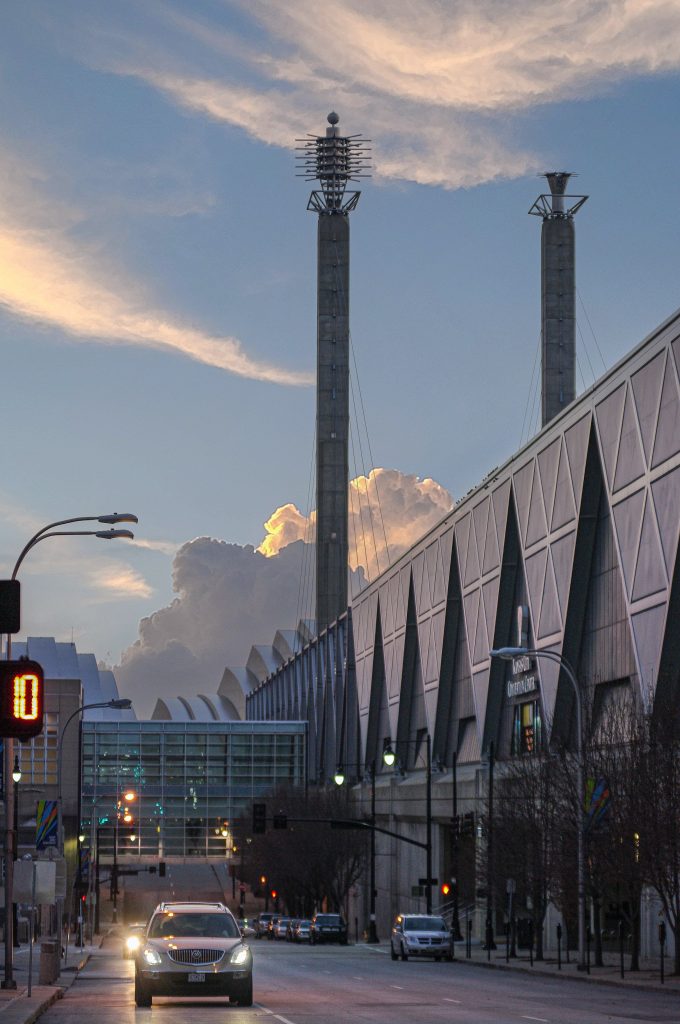
Bartle Hall
Bartle Hall was completed in 1994. Named for Mayor H. Roe Bartle, Bartle Hall boasts the largest column-free exhibit space and the four art deco inspired pylons that support the roof. The pylons and crowning sculptures, designed by artist R.M. Fisher, are a pillar of the Kansas City skyline.

The Webster House
This historic Kansas City school opened in 1886 and is one of the few remaining Richardson Romanesque buildings that remain in the city, thanks in part to the restoration work of philanthropist Shirley Bush Helzberg. The building was a school until 1932 and hosted a variety of businesses in the next four decades. The building fell into disrepair and was vacant from 1977 until the late 1990s when preservationists and civic leaders became concerned that the landmark structure was endangered. Helzberg financed the restoration of the structure which served as a restaurant and antique shop from 2002 to 2020. In 2021, plans were announced to convert the building to serve as the headquarters of the Kansas City Symphony with space for offices as well as recitals and educational programs. (Thanks to theclio.com)

Lewis & Clark Point
The Lewis and Clark Expedition arrived at the confluence of the Missouri and Kansas rivers on June 26, 1804. They camped here for three days before moving on up the Missouri River, to continue their two-year journey.
The spot remains in a natural state and is the naturally dividing point between Missouri on the east and Kansas on the west. To many this is a sacred spot denoting Eastern United States on the east side of the river and the West beginning on the west side of the river. Some might argue that the Mississippi River on the east side of Missouri separates the east from the west. To many others, culturally and geographically, the West begins right here where the two rivers meet.

The Blue Room
The Blue Room is part of the American Jazz Museum at 18th & Vine. It is named after the lounge at the 1930’s Street Hotel that was at 18th & The Paseo. The Blue Room has exhibits on jazz great past and present and hosts live jazz music twenty times per month.
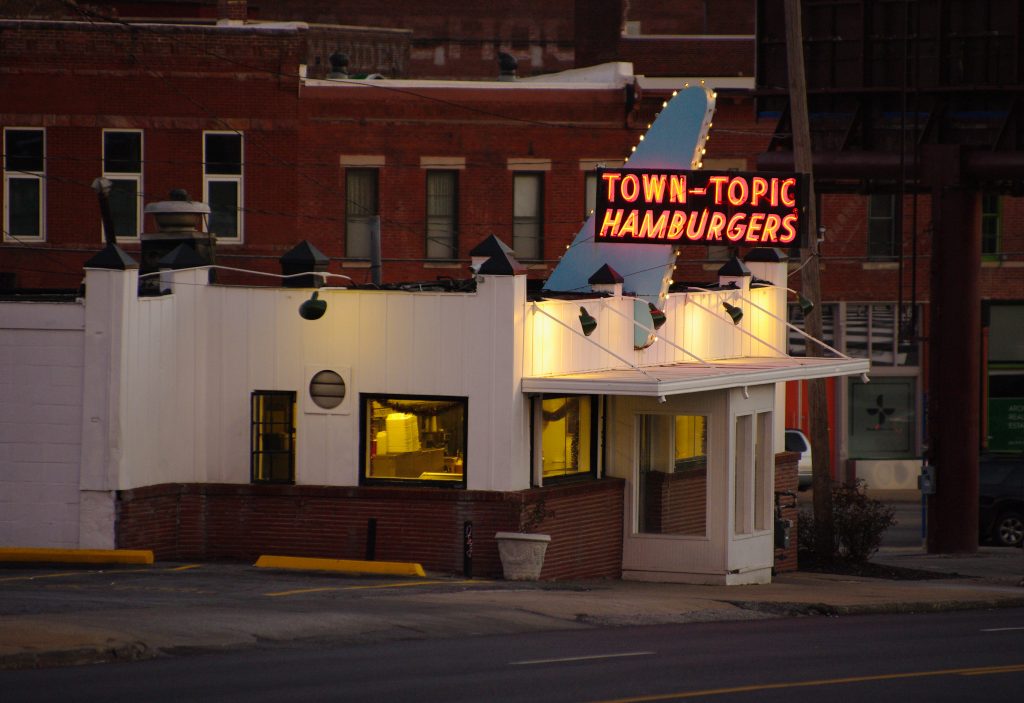
The Town Topic Diner
